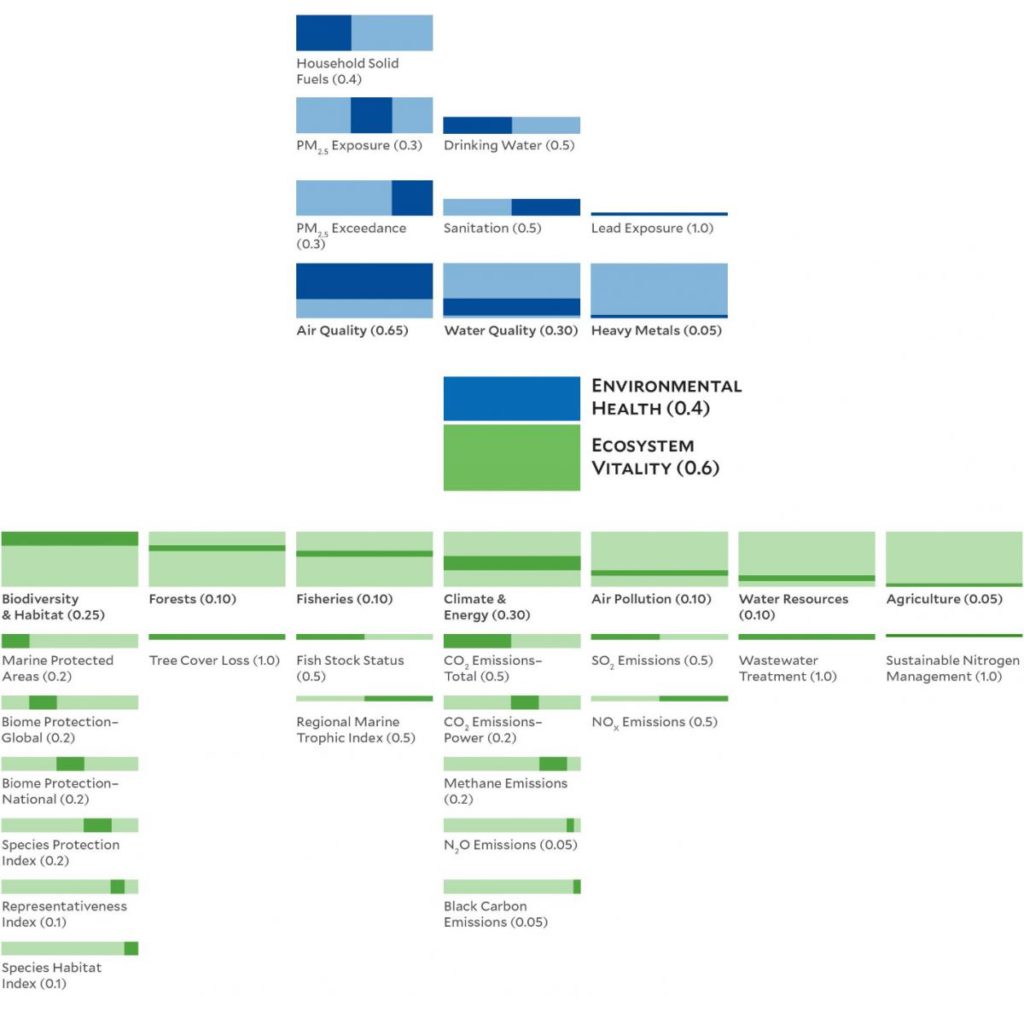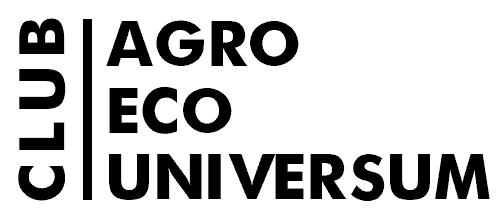Environmental Performance Index Today and Prospects for ASEAN countries
The EPI (Environmental Performance Index) is a useful metric, which provides extensive data on environmental tendencies and progress in different countries; it may serve as a good guideline for effective policymaking. Its predecessor, Environmental Sustainability Index, was developed by Yale University and Columbia University in collaboration with the World Economic Forum and the Joint Research Centre of the European Commission. Yale University calculates EPI every two years based on environmental performance of 180 countries. The figure presents a comprehensive analysis of the state of environment in countries and shows the current standing of the nations on core environmental issues as well as progress made in the sphere of environmental policies and set goals.
To calculate the index scientists analyze 24 indicators within ten issue categories, which, on their turn, are divided in two major policy objectives – Environmental Health and Ecosystem Vitality. The former illustrates possible threats to human health, while the latter measures “natural resources and ecosystem services”.
The list of the 2018 indicators is provided below.

Yale points out that the 2018 EPI shows a positive correlation with country wealth; and proves that sustainability goals require major investments in the infrastructure that protects human health and ecosystems. In 2018, Switzerland led the EPI ranking with a score of 87.42.
Singapore (49th), along with Japan (20th) and Taiwan (23rd), are the regional leaders in Asia, which is explained by higher economic performance and overall development. Singapore showed the best environmental performance among the ASEAN states.

Source: APAC, Yale University, 2018.
Looking into its performance by indicator, the country demonstrates impressive results in several categories. Singapore is number one in the world Sanitation ranking, which is measured as proportion of population exposed to health risks from their access to sanitation. This success, though, can be explained by urban population ratio, which is 100% (World Bank, 2015). Among other, Singapore holds high scores in Household Solid Fuels (#1), N2O Emissions Intensity (#3), Air pollution (#3), Wastewater Treatment (#1).
The last result – number one position in Wastewater Treatment ranking – is the country’s huge success, which was internationally recognized in 2018. Ulu Pandan wastewater demonstration plant won the Water/Wastewater Project of the Year Award at the 2018 Global Water Awards in Paris, France. The contest acknowledges the brightest achievements and technological advancements in water industry. Singapore is famous for its water treatment program, as the small nation reclaims, recycles and re-treats almost all of its used water and develops ways to maximize the efficiency of the process.
However, there are also negative results, which do grave disservice to the country’s overall record. For example, it holds 173rd position in Sustainable Nitrogen Management in Agriculture; 146, in Biome Protection (National); 152, in Biome Protection (Global); 130, in Marine Protected Areas; and 134, in Air Quality.
In other words, it seems that a country’s position in the ranking is closely entwined with its economic performance, territory and urban population.
However, despite the revealed pattern, it is noteworthy that the economic development of a nation is not the sole condition for moving up the ecological rating. All the ASEAN states have the opportunities to improve people’s health, ecological state of water systems if they choose the right sanitation and wastewater treatment technologies. Singapore has chosen high-tech solutions but this path is not the only possible. For instance, Treatment Wetlands (Kadlec, Wallace, 2008) may be more suitable for agricultural countries. These systems are more affordable and efficient for such countries’ needs than activated sludge, membrane or reverse osmosis systems.
Source: APAC, Yale University, 2018.
Kadlec R. H., Wallace S. Treatment wetlands. – CRC press, 2008
https://www.crcpress.com/Treatment-Wetlands/Kadlec-Wallace/p/book/978156670526
